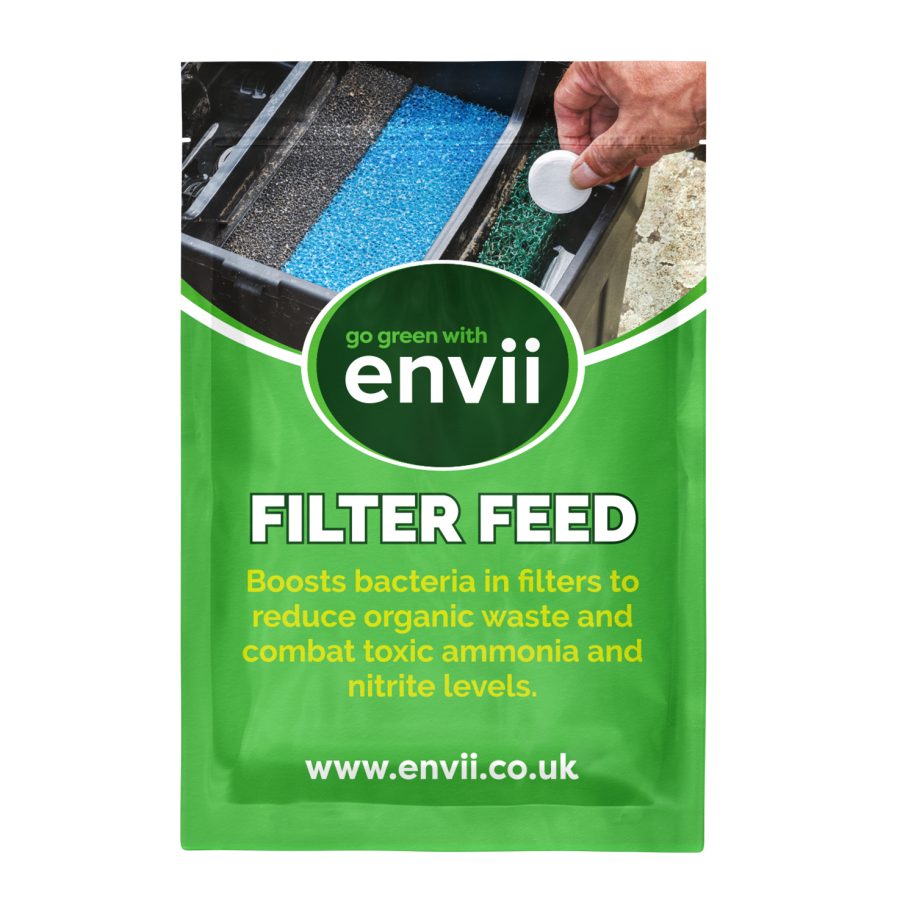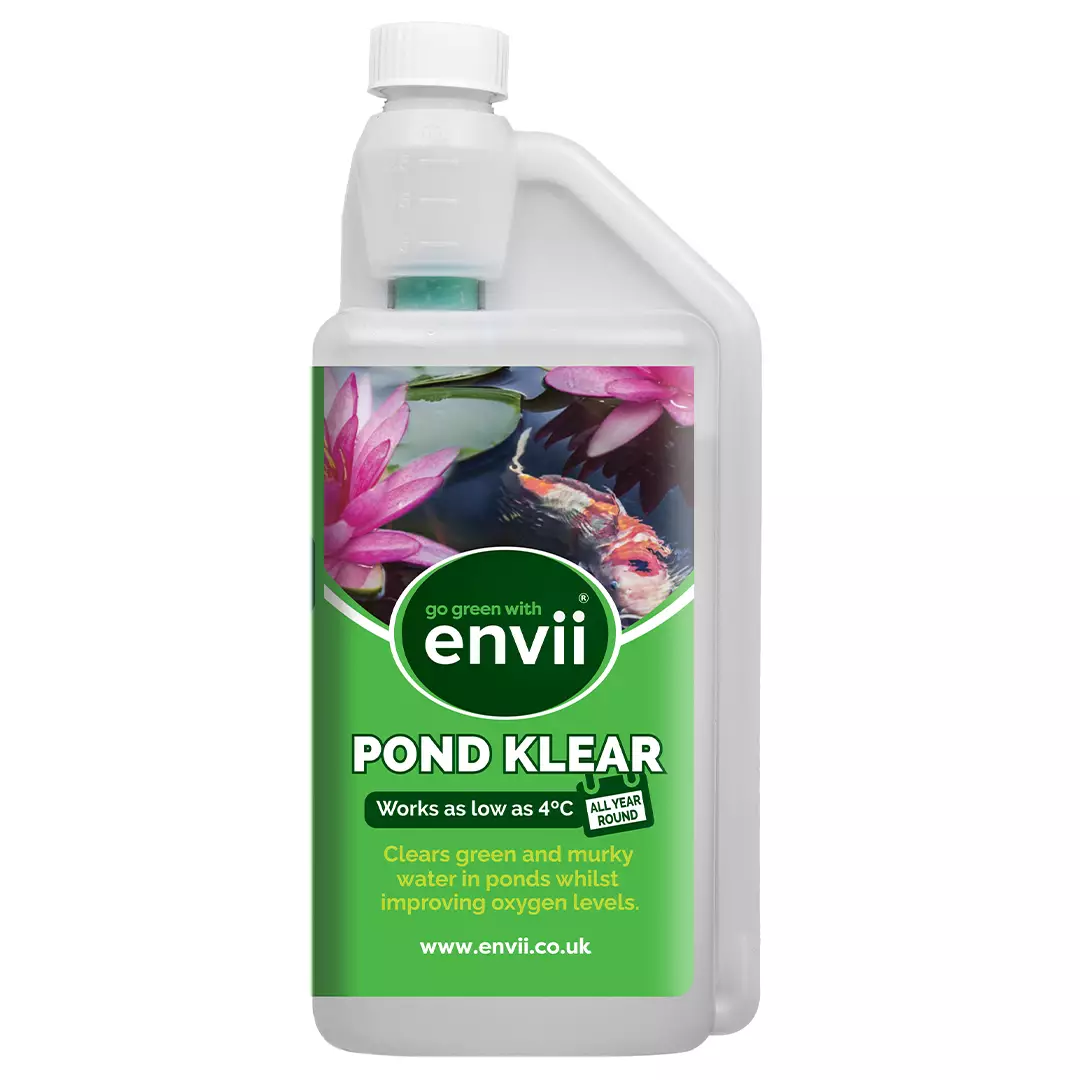Common Pond Care Questions
Frequently asked pond care questions answered…
How do you work out the volume of water in your pond?
You can calculate the volume of water in a rectangular pond by multiplying the length, width and diameter in feet or meters. If you have a circular or round pond, you can measure the pond water volume by multiplying the diameter and depth instead.
Alternatively, you could use the Envii pond volume calculator by simply inputting your measurements. The Envii pond calculator gives you pond volume measurements in both litres and gallons.
Can the bacterial pond treatments be over-dosed?
Our bacterial pond treatments are 100% natural and unlike chemical pond treatments, cannot be overdosed. Meaning Envii pond treatments will not damage or cause harm to your pond.
However, although bacterial pond treatments are not harmful and cannot be overdosed, they do take longer to work when pond water is treated excessively. This is because rather than checking the food source, the bacteria fight each other until their numbers are low enough to focus on eating pond algae and other organics.
How do you test pond pH?
The ideal pond pH measurement should be between 7 and 7.5 pH, which is neutral. To test your pond water, use a freshwater pH test kit. For ponds, we recommend using either dip/strip test kits or electronic pond pH test kits. Both kits offer fest results, although, for more accurate measurements, electronic test kits are the best option.
How often should you clean pond filters?
How often you clean your pond filters will depend on the state of your pond. If your pond is extremely murky, you might need to clean your filters every couple of days. Do so whilst also treating the water with a bacterial pond treatment to get the pond clear. Once the pond begins to clear, you can begin to clean the filters weekly.
Once clean, to ensure your pond stays clear and to maintain efficient bacterial pond treatments, it is best practice to clean pond filters at least once a month.
Cleaning pond filters regularly is very important and also very straightforward. Watch our tutorial on how to clean pond filters.
How to Clean Pond Filters
Do you have algae or green water in your pond?
It’s most likely that your filter system needs a good clean. Here’s how.
When should you stop feeding fish?
Fish are a major contributing factor to the parameters of your pond water. This is because of the waste they produce affecting the pond water chemistry. During the cooler seasons of autumn, begin to gradually reduce feeding your fish as the temperature drops.
When temperatures are at 10 degrees Celsius or lower, stop feeding fish altogether. This will prevent the build-up of fish and food waste debris that contribute problems such as pond algae.
Why does algae keep coming back?
Pond owners can often treat their pond but find algae still manages to come back sooner or later. Recurring algae, whether weekly or seasonally, is typically due to the lack of beneficial bacteria within a pond.
Beneficial bacteria are effective in removing both algae and its source of food. Thus, preventing it from growing. When bacteria levels are low or when bacteria have died off, algae begin to grow. The best solution to this is to maintain pond care by regularly up beneficial bacterial treatments in the pond.
Related Products
-

Envii Filter Feed
£15.99Use beneficial bacteria to clean filters and remove nitrites.Add to Basket -

Envii Pond Klear
£11.99Clears green pond water and prevents algae.Add to Basket

 Call us on 01246 240880
Call us on 01246 240880 Free 48hr Delivery
Free 48hr Delivery Sign-up and receive 10% off
Sign-up and receive 10% off